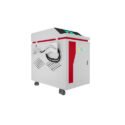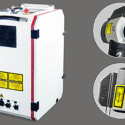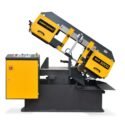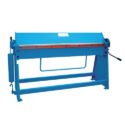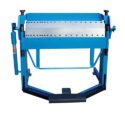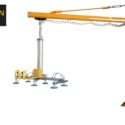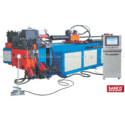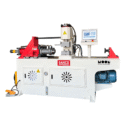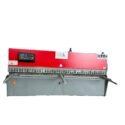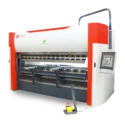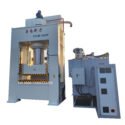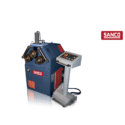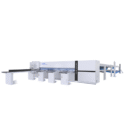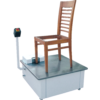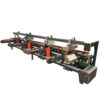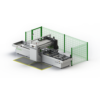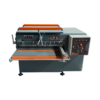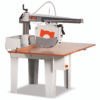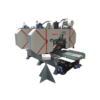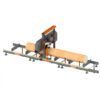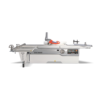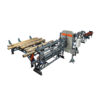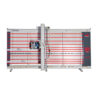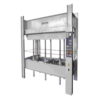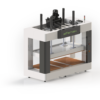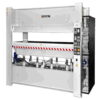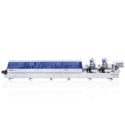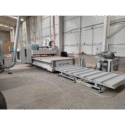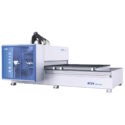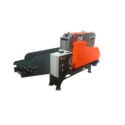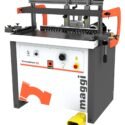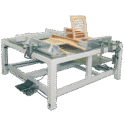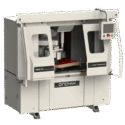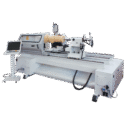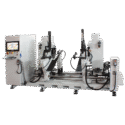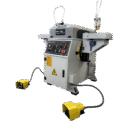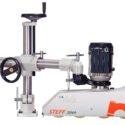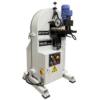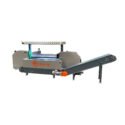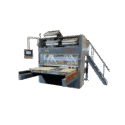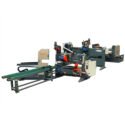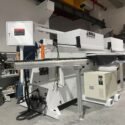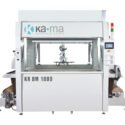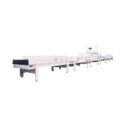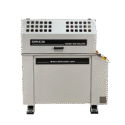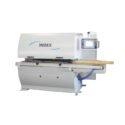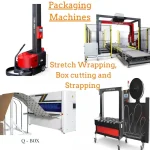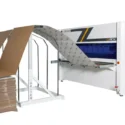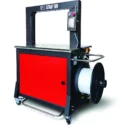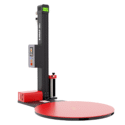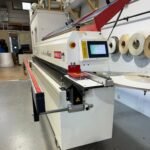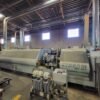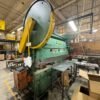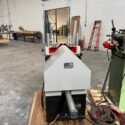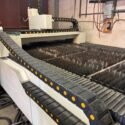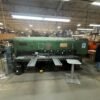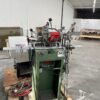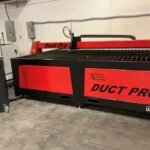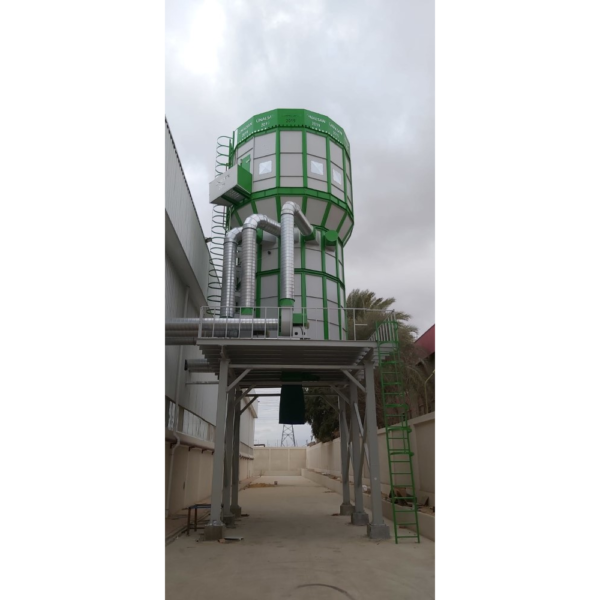
Woodworking is a large industry and can be a great way to make money too. But when you’re working with wood and other materials, the dust produced can be a real problem. Poor air quality in your shop can not only be a nuisance, but it can also be a health hazard. That’s why it’s important to choose the right dust collector for your shop. A dust collector is designed to help improve air quality by trapping and collecting dust and other particles, while also improving the overall efficiency of your shop. There are many different types of dust collectors, so it’s important to determine which type is best for your shop and your needs. This guide will help you understand the different types of dust collectors, and how to choose the right one for your woodworking shop.
What is a dust collector?
A dust collector is a device that collects dust and other airborne particles. There are several different types of dust collectors, including cyclonic, bag, and cartridge. These dust collectors can be installed on mobile dust collector, like a table saw, or they can be portable. A cyclonic dust collector is designed to separate the air from the dust.
The air is diverted into a cyclone, which separates the dust from th air. The air is then sent through a filter, which removes any remaining dust. A bag dust collector uses a fabric bag to collect the dust. The bag will periodically need to be changed when it becomes too full. A cartridge dust collector uses a cartridge to catch the dust. These can be combined with a HEPA filter to catch even smaller particles.

Types of dust collectors
Cyclonic – Cyclonic dust collectors use a cyclone to separate the air from the dust. This type of dust collector is great at catching smaller particles, like sawdust. It is not as effective at collecting larger particles. Cyclone – Cyclone dust collectors use cyclones to separate the air from the dust. This type of dust collector is not as effective at catching smaller particles as a cyclonic dust collector, but it is better at collecting larger particles. Bag – Bag dust collectors use fabric bags to collect dust. This type of dust collector is effective at collecting larger pieces of dust, though it may struggle with smaller pieces, such as sawdust. It is not as effective at collecting smaller particles. Cartridge – Cartridge dust collectors use cartridges to collect dust. Silo Dust collector are for high volume factories with direct storage to a container or burner. This type of dust collector is effective at collecting both large and small particles. It is especially effective at collecting smaller particles, such as sawdust, which can be challenging for other dust collectors to catch.
Factors to consider when choosing a dust collector
Capacity – The capacity of a dust collector is an indication of how much it can hold. The capacity of your dust collector will depend on the size of your shop. If you have a large shop, you will need a larger dust collector than someone with a smaller shop.We are sharing some of the technical specs of the dust collector you would expect to see in every machine.
| CFM | Motor Power (kw, hp, dd) | Vacuum Velocity (feet/sn) | Vacuum Diameter (inches) | Filter Type | Dust Holding Capacity (micron) | Filter Size (inches) | Filter Quantity | Dust Storage Capacity (inches) | Electricty (V) | Sizes (inches) | Weight | Vibration |
| 2000
1 Bag |
3 4 3000 | 91′ 10 3/8″ | 7 7/8″ | Needlepoint Polyester | 5 | 6 5/16″x36 13/16″ | 18 | 23 5/8″x37 3/8″ PVC | 380 | 2′ 7 1/2″x4′ 11 1/16″x7′ 6 3/4″ | 236 kg, 520 lbs | – |
| 2500
2 Bag |
3 4 3000 | 91′ 10 3/8″ | 9 13/16″ | Needlepoint Polyester | 5 | 6 5/16″x36 13/16″ | 28 | 23 5/8″x37 3/8″ PVC 2 Qt. | 380 | 2′ 7 1/2″x6′ 10 1/4″x7′ 6 3/4″ | 272 kg, 599 lbs | – |
| 3000
2 Bag |
5.5
7.5 3000 |
91′ 10 3/8″ | 11″ | Needlepoint Polyester | 5 | 6 5/16″x36 13/16″ | 35 | 23 5/8″x37 3/8″ PVC 2 Qt. | 380 | 3′ 2 3/16″x6′ 10 1/4″x7′ 5 3/4″ | 338 kg, 745 lbs | – |
| 4000
2 Bag |
7.5
10 3000 |
104′ 11 13/16″ | 11 13/16″ | Needlepoint Polyester | 5 | 6 5/16″x36 13/16″ | 45 | 23 5/8″x37 3/8″ PVC 2 Qt. | 380 | 3′ 2 3/16″x7′ 8 1/2″x7′ 6 9/16″ | 388 kg, 855 lbs | 0.17 kw 3000 d/d |
| 5000
3 Bag |
11
15 3000 |
104′ 11 13/16″ | 13 15/16″ | Needlepoint Polyester | 5 | 6 5/16″x36 13/16″ | 58 | 23 5/8″x37 3/8″ PVC 3 Qt. | 380 | 3′ 3 3/8″x10′ 1 5/8″x7′ 8 7/8″ | 534 kg, 1177 lbs | 0.17 |
Filter type – The type of filter your dust collector uses will determine how well it can collect dust. You will want to select a filter that can capture as much dust as possible while removing as few particles as necessary. Dust collection bag – If you use a bag dust collector, you will need to change the bag periodically. You will want to select a bag that is easy to remove, clean, and replace.
Benefits of using a dust collector
Air quality – Using a dust collector in your shop will help improve the air quality in the room. This can be especially beneficial for people who suffer from allergies or asthma. Dust collection – Using a dust collector in your shop will help you collect dust. This can be helpful when you are refinishing furniture, as you will have a collection container for the dust produced during the sanding process. Dust removal – Using a dust collector in your shop will help you remove dust. This is helpful if you are sanding down a table, as the dust will collect in your dust collector instead of coating your table. Dust containment – Using a dust collector in your shop will help you contain dust. This can be helpful when sanding, as you can contain the dust produced when finishing a table. This will help prevent the table surface from being coated with dust.
Maintenance and safety
Maintenance – Dust collectors need to be cleaned regularly to ensure they are functioning properly. It is recommended that you clean your dust collector once every six months, or whenever you notice that your filter is getting clogged, which will reduce the amount of dust in your shop. Safety – Dust collectors can produce harmful fumes. Make sure that you are not operating your dust collector in an enclosed space. It is also important to make sure that you are not operating your dust collector for long periods of time. We recommend to change the dust filters every five years. You should only run your dust collector for a few hours at a time, or you could risk damaging the motor.
Conclusion
This guide will help you understand the different types of dust collectors, and how to choose the right one for your woodworking shop. A dust collector is designed to help improve air quality by trapping and collecting dust and other particles, while also improving the overall efficiency of your shop. A cyclonic dust collector is a great option for smaller shops, while a cartridge dust collector is best for large shops.



